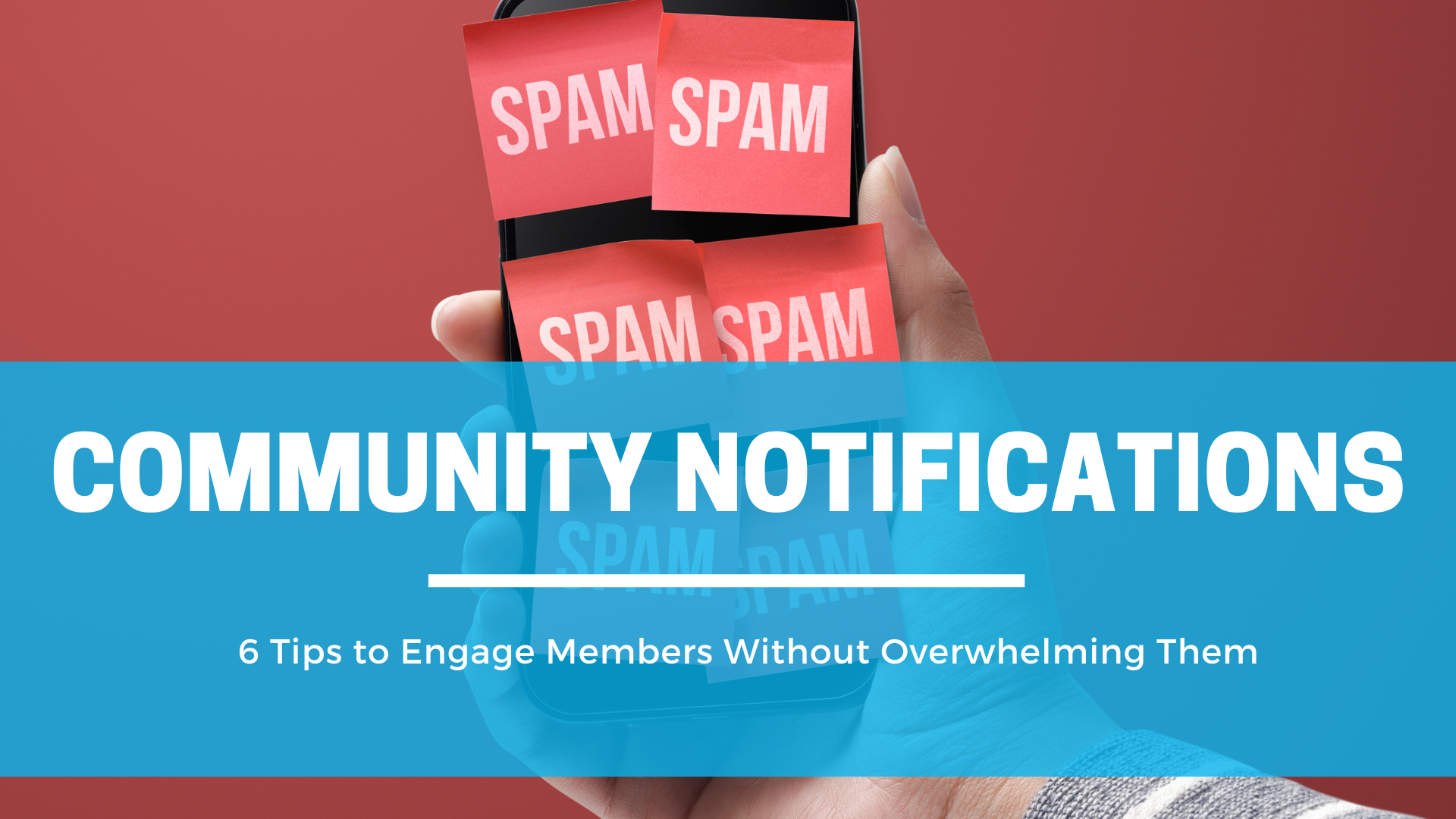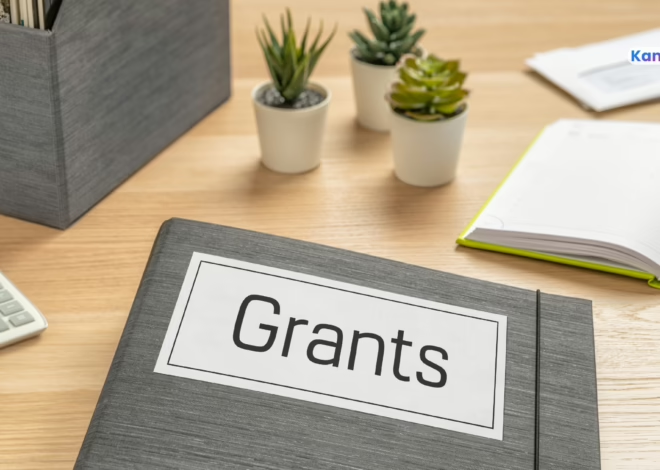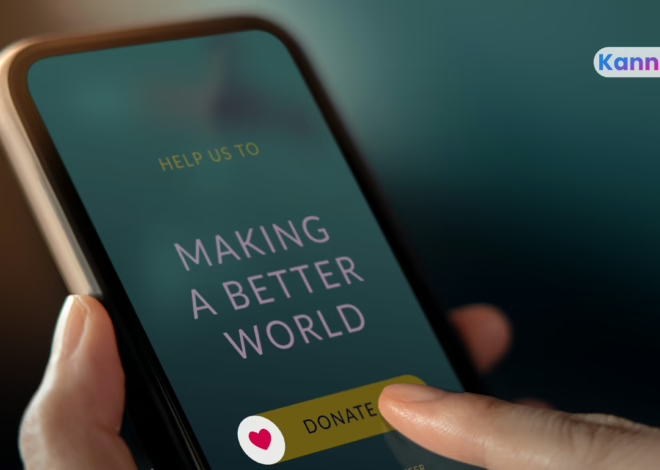
Community Notifications: 6 Tips to Engage Members Without Overwhelming Them
We’ve all been there—our phone buzzes, and we glance at it, only to see yet another notification from an app we don’t even remember signing up for. A new email, a push notification, a reminder—it never ends.
And what do most of us do? Mute, unsubscribe, or worse, delete the app entirely.
Now, think about your own community. If your members are constantly bombarded with messages, they’re not going to feel more connected—they’re going to feel overwhelmed. And when that happens, they disengage.
More community notifications do not mean better engagement. In fact, too many notifications can be one of the fastest ways to lose your members’ attention.
So, how do you strike the right balance? How do you ensure that your community notifications are seen and valued rather than ignored or silenced?
Let’s break it down.
The Danger of Notification Overload
Notifications should be helpful, offering quick, timely updates that keep members informed and engaged. But when overused, they become noise. And once your messages turn into background noise, your members will start tuning them out entirely.
Here’s what happens when community notifications get out of hand:
❌ Members Feel Overwhelmed
When people are constantly receiving notifications, it creates digital fatigue. Instead of feeling informed, they feel stressed.
❌ They Unsubscribe or Leave
If members feel bombarded, they’ll start opting out of notifications—or worse, leaving your community altogether.
❌ Important Updates Get Ignored
The more notifications someone receives, the more likely they are to stop paying attention, even to messages that actually matter.
The goal isn’t to send more messages—it’s to send the right messages at the right time.
How to Send Community Notifications That Add Value (Not Frustration)
If you want to keep your community engaged without driving them away, you need to be strategic.
1. Give Members Control Over Notifications
Not everyone wants to receive updates in the same way. Some members might love push notifications, while others prefer email summaries or in-app updates.
With a platform like Kannect, members can customize how and when they receive notifications:
✅ Push notifications for urgent updates
✅ In-app notifications for real-time engagement
✅ Email digests for a summary of important messages
✅ Daily summaries for a non-intrusive update
When members have control over their notifications, they are far less likely to feel overwhelmed.
2. Prioritize Relevance Over Frequency
One of the biggest mistakes organizations make is assuming that more communication = better engagement. It doesn’t.
Instead of sending a notification for every little thing, focus on what’s truly important. Ask yourself:
✔️ Is this something the majority of members need to know?
✔️ Is this message time-sensitive?
✔️ Could this information be combined with another update instead of sending multiple messages?
If a notification isn’t adding real value, it’s probably better left unsent.
3. Use Personalization to Make Notifications More Meaningful
Generic, mass notifications are easy to ignore. Personalized updates, on the other hand, feel relevant and worth opening.
💡 Example: Instead of sending the same event reminder to everyone, try tailoring updates based on a member’s interests or past activity.
✅ A networking enthusiast gets reminders for upcoming networking events.
✅ A forum contributor gets updates about replies to their posts.
✅ A casual member gets a weekly summary rather than frequent notifications.
Tools like Kannect and competitors like Circle, Mighty Networks, and Discourse allow for customized notifications that keep members engaged without spam.
4. Be Smart About Timing
Timing matters.
If your community members are constantly getting notifications at random times throughout the day, they’re more likely to feel annoyed than engaged.
Here’s how to fix it:
✔️ Send a daily or weekly summary instead of individual notifications.
✔️ Avoid sending messages late at night or super early in the morning.
✔️ Pay attention to user activity—schedule notifications when they are most active.
💡 Example:
If your analytics show that most members engage at 7 PM, sending an update at noon might not be effective.
The right message at the wrong time is still the wrong message.
5. Mix Up Your Communication Methods
Notifications aren’t the only way to keep members informed. Instead of relying solely on push notifications or emails, consider:
📢 In-app updates for important announcements
💬 Community forums for discussions
📧 Weekly email digests for a less intrusive approach
📱 Mobile-friendly dashboard notifications
A good engagement platform will offer multiple ways to communicate, without overwhelming members.
6. Track Notification Performance & Adjust Accordingly
If you don’t measure how your community notifications are performing, you won’t know what’s working—and what’s turning people away.
Use analytics tools (like those in Kannect) to track:
📊 Open rates – Are people opening notifications or ignoring them?
📉 Unsubscribes – Are members opting out?
📈 Engagement levels – Are notifications leading to actual participation?
If certain community notifications have low engagement or high unsubscribe rates, it’s a sign that you need to adjust your approach.
Finding the Right Balance
At the end of the day, notifications should enhance the member experience—not frustrate them.
A strong engagement platform will give you the tools you need to:
✔️ Send relevant, timely notifications without spamming members.
✔️ Allow members to customize their notification preferences.
✔️ Use personalization to make notifications feel more valuable.
✔️ Diversify communication methods so community notifications aren’t the only way members stay informed.
When done right, community notifications can be a powerful tool for engagement. But when overused, they can do more harm than good.
So, the next time you’re about to hit “send” on another update, take a step back and ask yourself:
👉 Is this message truly valuable?
If the answer is yes, go for it. If not, it might be better to hold off.
Because when it comes to engagement, it’s not about how many messages you send—it’s about how many actually get read.
Try Kannect for Smarter Community Notifications
Tired of guessing how your members want to receive updates? With Kannect, you can send personalized notifications that keep your community engaged—without overwhelming them. Members get to choose how they receive updates, whether through push notifications, in-app alerts, emails, or daily summaries. Plus, with easy automated emails to onboard new members and make sure your community stays informed every time there’s a new post, article, or fundraising campaign. Keep your members connected—without the noise. Try Kannect today and experience better engagement, on their terms!🚀
15-day free trial, no credit card required.
Try Kannect
FAQs About Community Notifications
1. How many notifications are too many?
If members start ignoring or unsubscribing from updates, you’re likely sending too many notifications. Keep them relevant and infrequent.
2. What’s the best way to send community notifications?
Using a platform like Kannect, which allows members to choose how they receive notifications, ensures better engagement.
3. How can I personalize notifications for my members?
Use member preferences, activity history, and interests to send relevant, personalized updates instead of generic notifications.
4. What’s better: push notifications or emails?
Both have their place! Push notifications are great for urgent updates, while emails work better for summaries and less time-sensitive information.
5. How can I track community notification effectiveness?
Use analytics tools to monitor open rates, unsubscribes, and engagement trends. Adjust based on the data.
6. What are some good alternatives to frequent notifications?
Consider using daily summaries, community announcements, and in-app updates instead of sending constant alerts.
Table of Contents
Proudly powered by WordPress




One thought on “Community Notifications: 6 Tips to Engage Members Without Overwhelming Them”